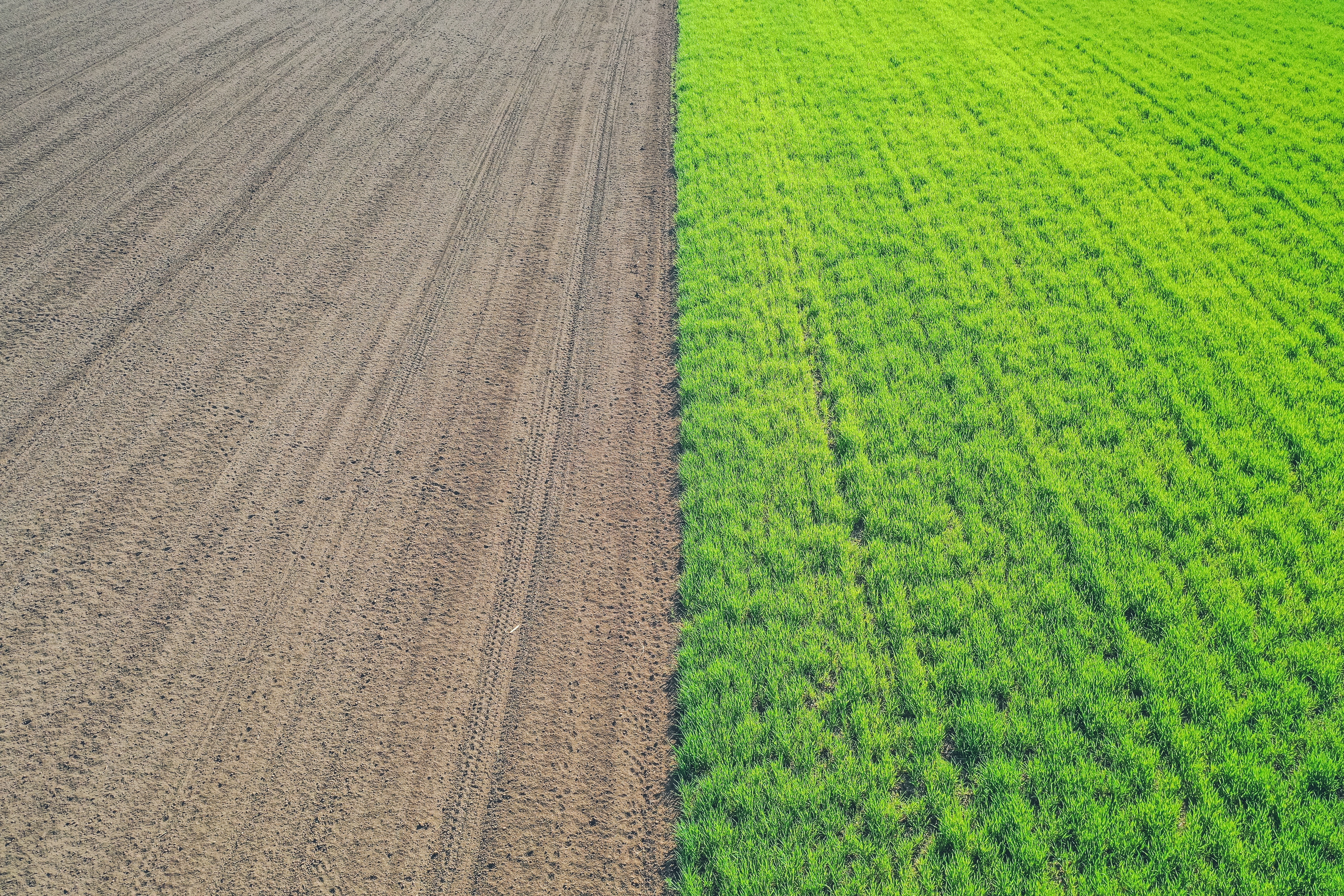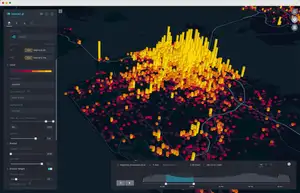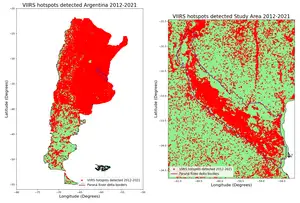
Revolutionize Your Agriculture Business with GIS Technology
As the world's population continues to grow, the demand for food also increases. This is why it's essential for agriculture businesses to find ways to improve their operations and increase their yields. One technology that can help achieve this is Geographic Information Systems (GIS).
GIS is a system that allows users to collect, store, manage, analyze, and display geographical data. It can be used in a variety of industries, including agriculture, to make informed decisions and increase efficiency.
How GIS Can Benefit Agriculture
GIS technology can be used to map out fields, track weather patterns, and monitor crop growth. This information can then be used to optimize planting and harvesting schedules, as well as identify areas of the field that may need extra attention.
GIS can also be used to track and manage livestock. By using GPS tracking devices and mapping software, farmers can monitor the movements of their animals and ensure they have enough food and water. This can help reduce the need for manual labor and increase the overall health of the livestock.
Another benefit of GIS technology is that it can be used to monitor and manage water resources. By analyzing data on rainfall, evapotranspiration, and soil moisture, farmers can optimize irrigation schedules and reduce water usage. This can help save money on water bills and reduce the risk of crop damage due to over-irrigation.
Implementing GIS Technology in Your Agriculture Business
The first step in implementing GIS technology in your agriculture business is to gather data. This can include information on weather patterns, soil conditions, and crop growth. This data can then be used to create maps and analyze trends.
Next, it's important to choose the right GIS software for your business. There are many options available, from free and open-source software to expensive commercial options. It's important to consider the size of your operation and the specific needs of your business when choosing a software.
Once you have chosen a software, it's important to train your employees on how to use it. This can include training on data collection, analysis, and map creation. It's also important to establish protocols for data management, to ensure that data is accurate and up-to-date.
Conclusion
GIS technology can be a powerful tool for agriculture businesses. By using GIS to gather and analyze data, businesses can make informed decisions that can lead to increased yields and improved efficiency. However, it's important to remember that GIS is just one part of a larger strategy for improving your agriculture business. Other factors such as soil quality, weather patterns, and market conditions also play a role in the success of your business.










